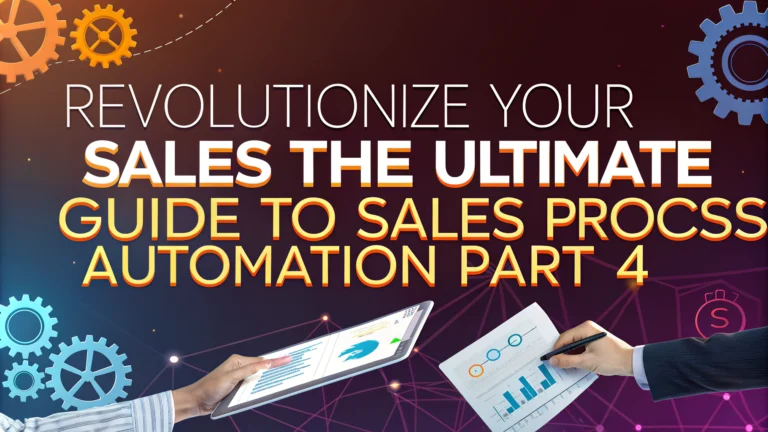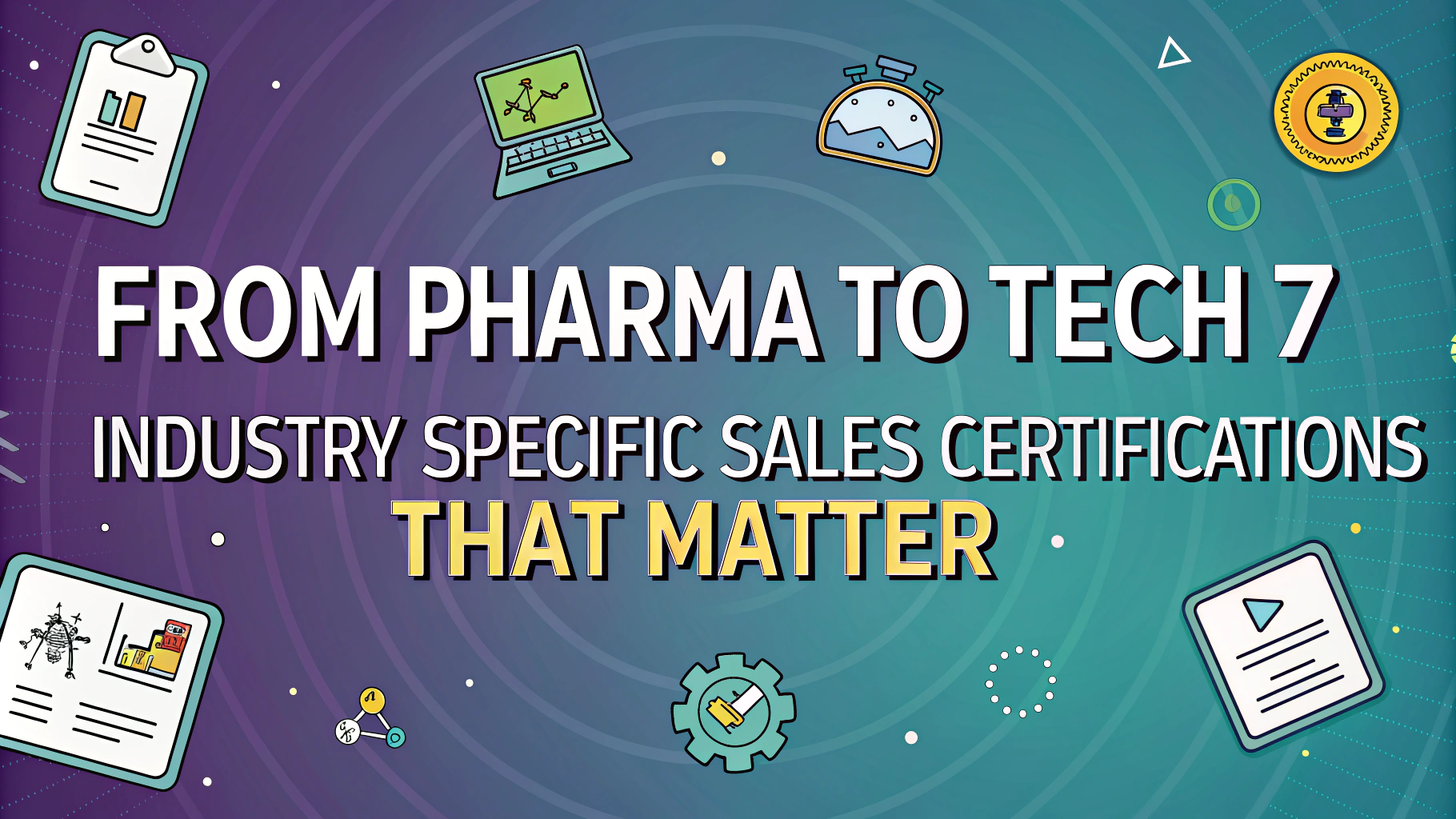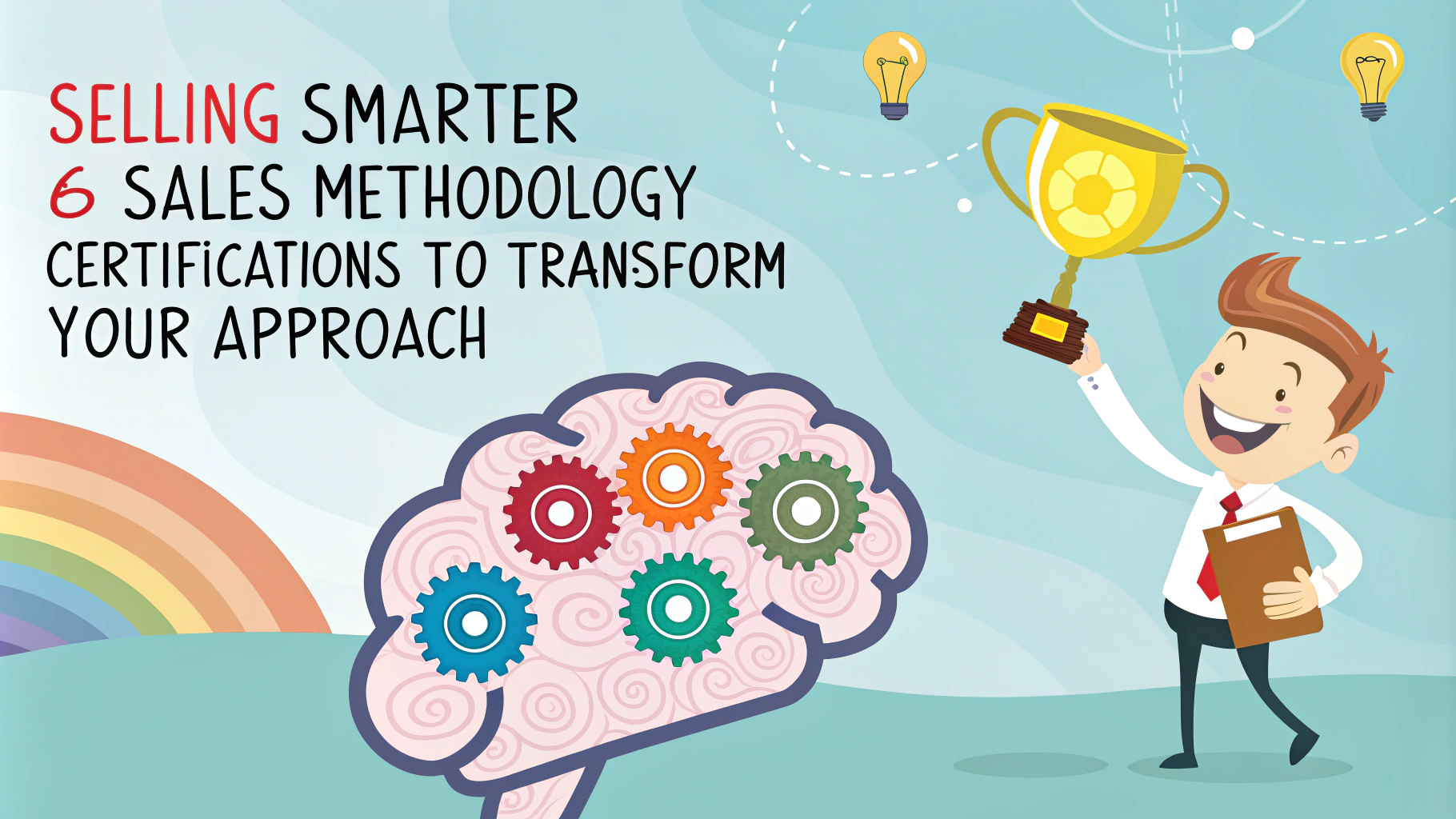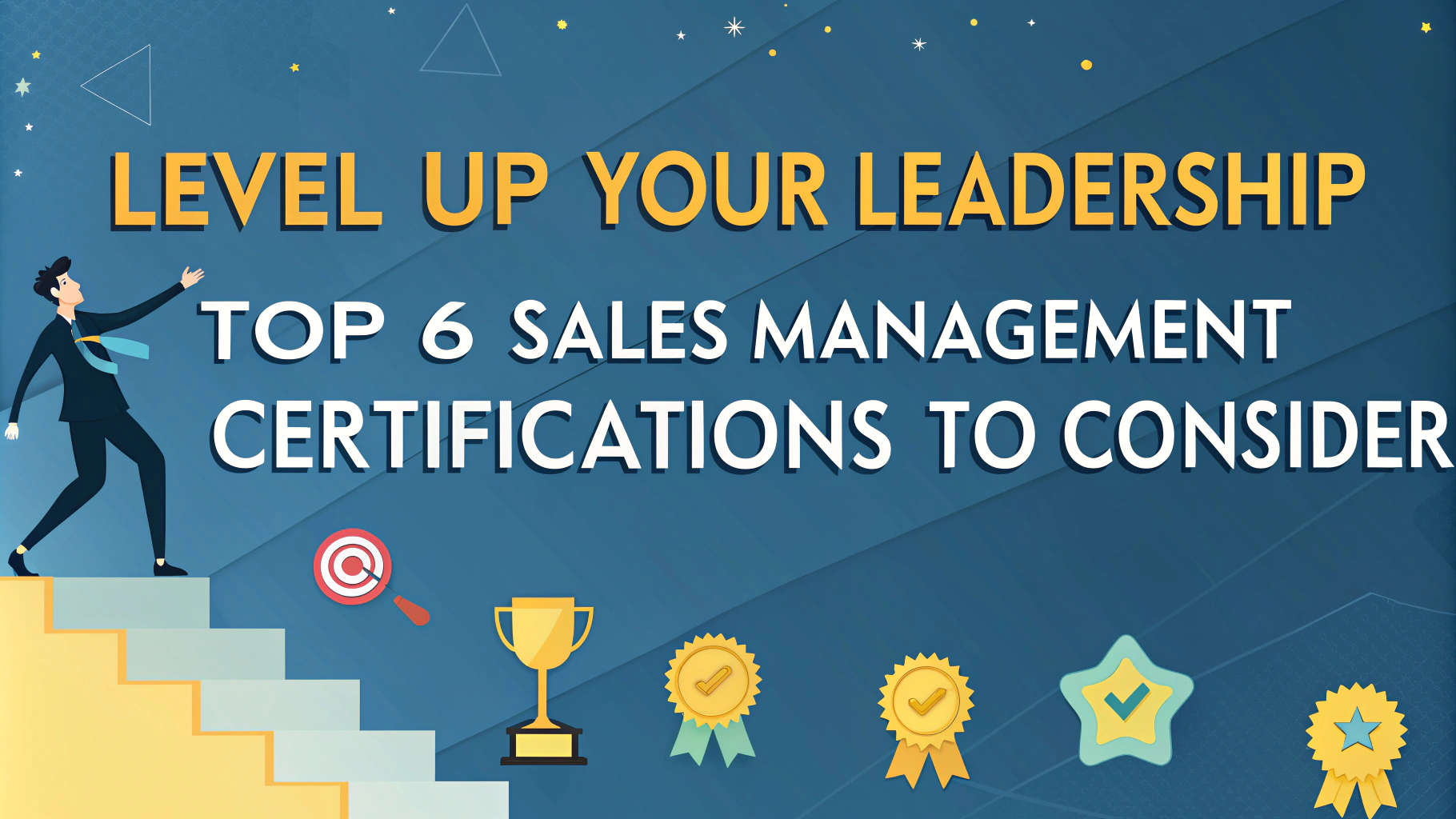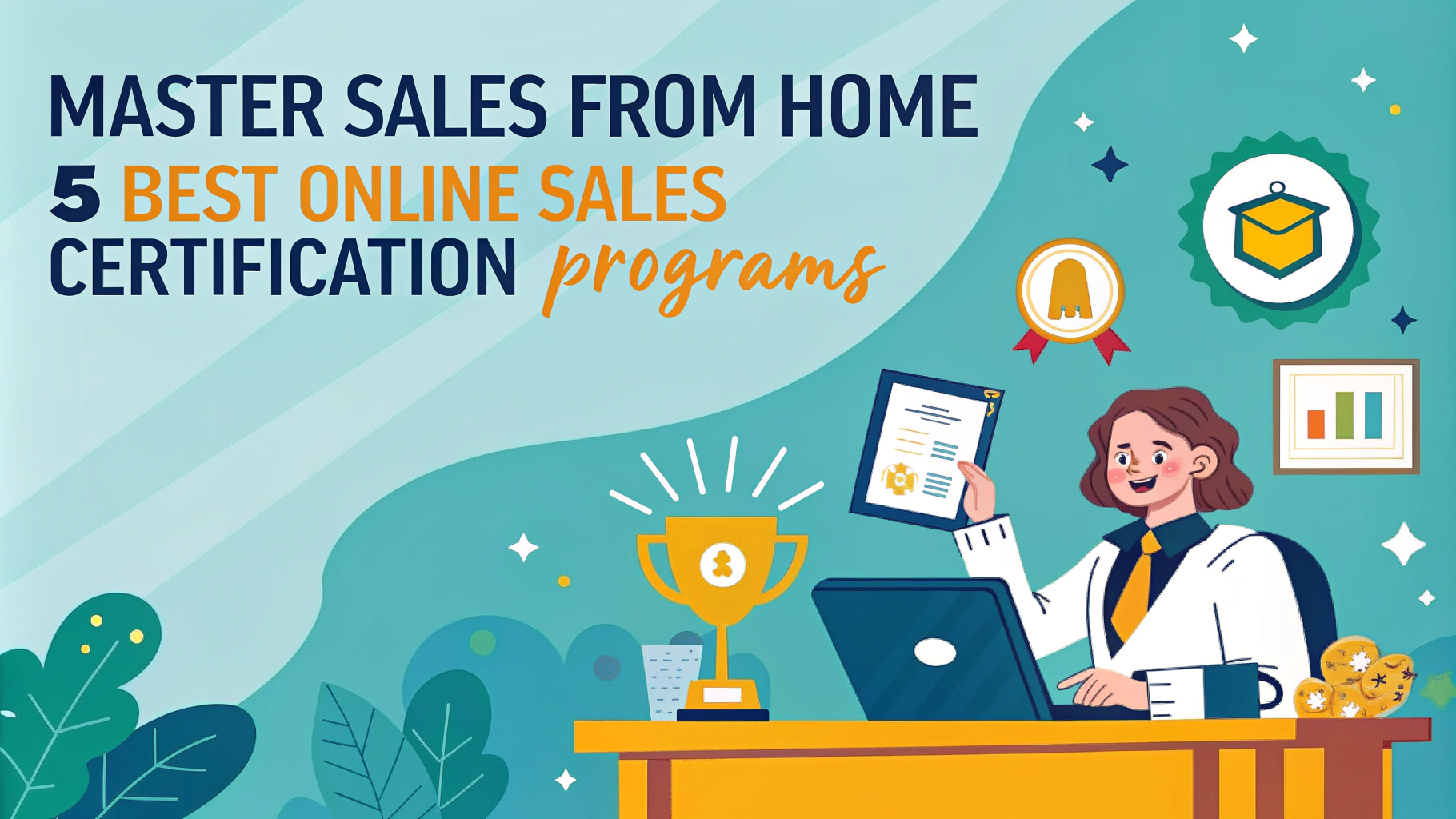Sales process automation can transform your business operations. By implementing the right tools and strategies, you can boost efficiency, improve customer relationships, and drive revenue growth. This article explores key aspects of automating your sales process to help you stay competitive in today’s fast-paced market.
The Benefits of Sales Process Automation
Automating your sales process offers numerous advantages:
- Time savings: Reduce manual tasks and focus on high-value activities
- Improved accuracy: Minimize human errors in data entry and follow-ups
- Enhanced customer experience: Provide timely, personalized interactions
- Increased sales: Close more deals with efficient lead nurturing and follow-ups
- Better analytics: Gain insights from automated data collection and reporting
By leveraging automation, your sales team can work smarter, not harder, leading to improved overall performance.
Identifying Automation Opportunities
To make the most of sales process automation, start by mapping out your current workflow. Look for repetitive tasks, manual data entry, and communication bottlenecks. Common areas ripe for automation include:
- Lead capture and qualification
- Email follow-ups and drip campaigns
- Meeting scheduling and reminders
- Quote generation and contract management
- Sales pipeline tracking and reporting
Prioritize automation efforts based on potential impact and ease of implementation. Start with quick wins to build momentum and demonstrate value to your team.
Selecting the Right Automation Tools
Choosing the appropriate software is crucial for successful sales process automation. Consider these factors when evaluating options:
- Integration capabilities: Ensure compatibility with your existing CRM and other tools
- Scalability: Select a solution that can grow with your business
- User-friendliness: Look for intuitive interfaces to encourage adoption
- Customization options: Find tools that can adapt to your unique workflow
- Analytics and reporting: Choose platforms with robust data visualization features
Popular sales automation tools include Salesforce, HubSpot, and Pipedrive. Research and compare options to find the best fit for your organization’s needs and budget.
Implementing Automated Lead Nurturing
Effective lead nurturing is essential for moving prospects through your sales funnel. Automation can help you deliver the right content at the right time, keeping leads engaged and moving towards a purchase decision.
Key Elements of Automated Lead Nurturing
- Lead scoring: Assign points based on demographics and behavior to prioritize follow-ups
- Personalized email sequences: Create targeted campaigns based on lead attributes and actions
- Dynamic content: Tailor website and email content to individual lead preferences
- Multi-channel engagement: Coordinate outreach across email, social media, and other platforms
Implement these strategies gradually, testing and refining your approach based on performance metrics. Monitor open rates, click-throughs, and conversion rates to optimize your automated nurturing campaigns over time.
Improving Customer Relationships Through Automation
Automation tools can significantly enhance your customer relationships. By leveraging technology, you can provide personalized experiences and timely support throughout the sales process.
- Automated welcome series: Create a sequence of emails to introduce new customers to your products or services
- Behavior-triggered messages: Send targeted communications based on specific customer actions or milestones
- Chatbots: Implement AI-powered chat solutions to provide instant responses to common customer queries
- Customer feedback collection: Automatically gather and analyze customer feedback to improve your offerings
By automating these touchpoints, you can ensure consistent, high-quality interactions with your customers, leading to increased satisfaction and loyalty.
Streamlining Sales Reporting and Analytics
Effective sales reporting is crucial for making data-driven decisions. Automation can transform this process, providing real-time insights and reducing manual effort.
Key Benefits of Automated Reporting
- Real-time data access: Get up-to-the-minute information on sales performance
- Customizable dashboards: Create visual representations of key metrics tailored to different roles
- Automated report generation: Schedule regular reports to be sent to stakeholders
- Predictive analytics: Leverage AI to forecast future sales trends and identify opportunities
Implement automated reporting tools to empower your team with actionable insights and foster a data-driven culture within your organization.
Optimizing Your Sales Funnel with Automation
A well-optimized sales funnel is essential for converting leads into customers. Automation can help you refine each stage of the funnel for maximum effectiveness.
Automation Strategies for Funnel Optimization
- Lead magnet delivery: Automatically send valuable content to capture leads
- Segmentation: Use behavioral data to categorize leads and tailor your approach
- A/B testing: Automatically test different messages and offers to identify top performers
- Abandoned cart recovery: Send timely reminders to prospects who haven’t completed a purchase
- Post-purchase follow-up: Automate thank-you messages and cross-sell opportunities
By implementing these strategies, you can create a more efficient and effective sales funnel that converts more leads into loyal customers.
Conclusion: Embracing Automation for Sales Success
Sales process automation offers significant opportunities to streamline your workflow, improve customer relationships, and drive revenue growth. By identifying key automation opportunities, selecting the right tools, and implementing effective strategies, you can transform your sales operations.
Remember to:
- Start small and prioritize quick wins
- Involve your sales team in the automation process
- Regularly review and optimize your automated workflows
- Stay up-to-date with emerging automation technologies
As you embrace automation, you’ll find your sales team spending less time on repetitive tasks and more time on high-value activities that drive results. This shift will position your business for long-term success in an increasingly competitive marketplace.

